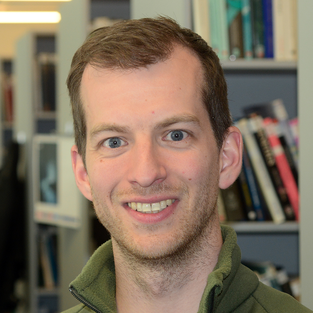Bert De Rybel - TORPEDO
Onderstaande beschrijving is in het Engels:

Contact: bert.derybel@psb.vib-ugent.be
Publications: https://biblio.ugent.be/person/801002032613
Understanding the molecular mechanisms controlling the orientation of plant cell divisions (TORPEDO)
The development of vascular tissues was one of the most important evolutionary adaptations that allowed plants to grow in environments other than water and to populate the land. Vascular tissues provide mechanical support and facilitate the transport of water, nutrients, hormones and other signaling molecules throughout the plant. These functions have enabled land plants to grow beyond the size of mosses. Early land plants adopted a tissue organization comprising three major tissue types, which can be found in almost all organs: the outer epidermis, ground tissues and centrally localized vascular tissues. This organization proved to be evolutionarily very successful, as it is still found in leaves, stems and roots of most modern land plants.
The plant vascular system develops from a handful of provascular initial cells in the early embryo into a whole range of different cell types in the mature plant (see Figure above). In order to account for such proliferation and to generate this kind of diversity, vascular tissue development relies on a large number of highly oriented cell divisions. Different hormonal and genetic pathways, such as for example the TARGET OF MONOPTEROS5 / LONESOME HIGHWAY (TMO5/LHW) pathway, have been implicated in this process and several of these have been recently interconnected. Nevertheless, how such networks control the actual division plane orientation and how they interact with the generic cell cycle machinery to coordinate these divisions remains a major unanswered question that we are currently addressing in our lab.